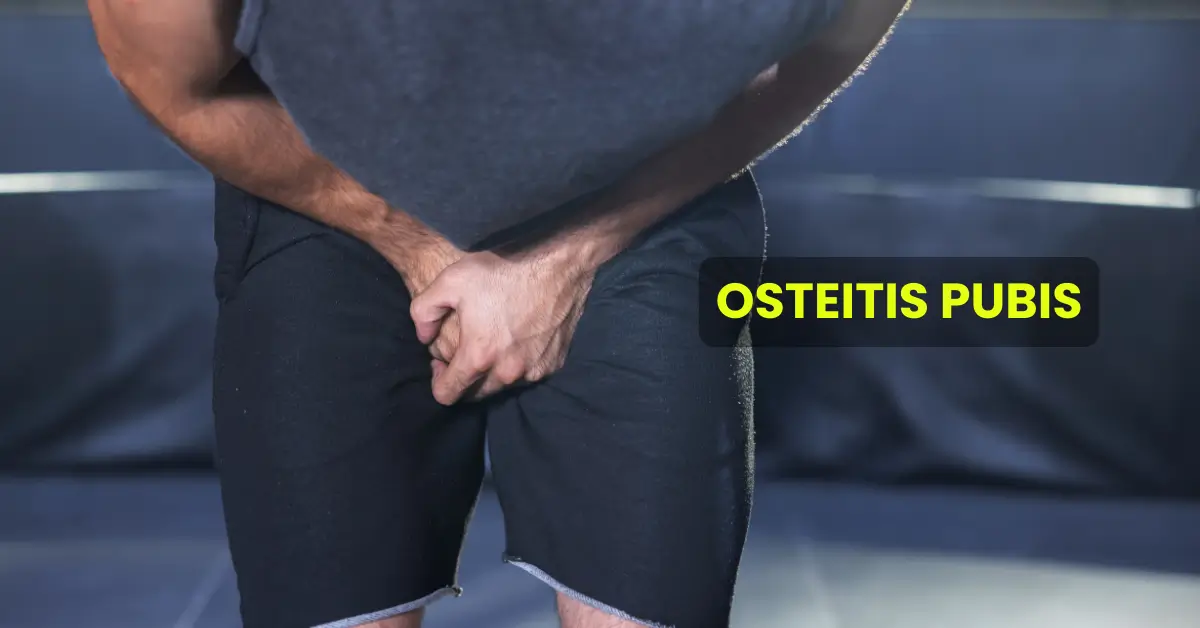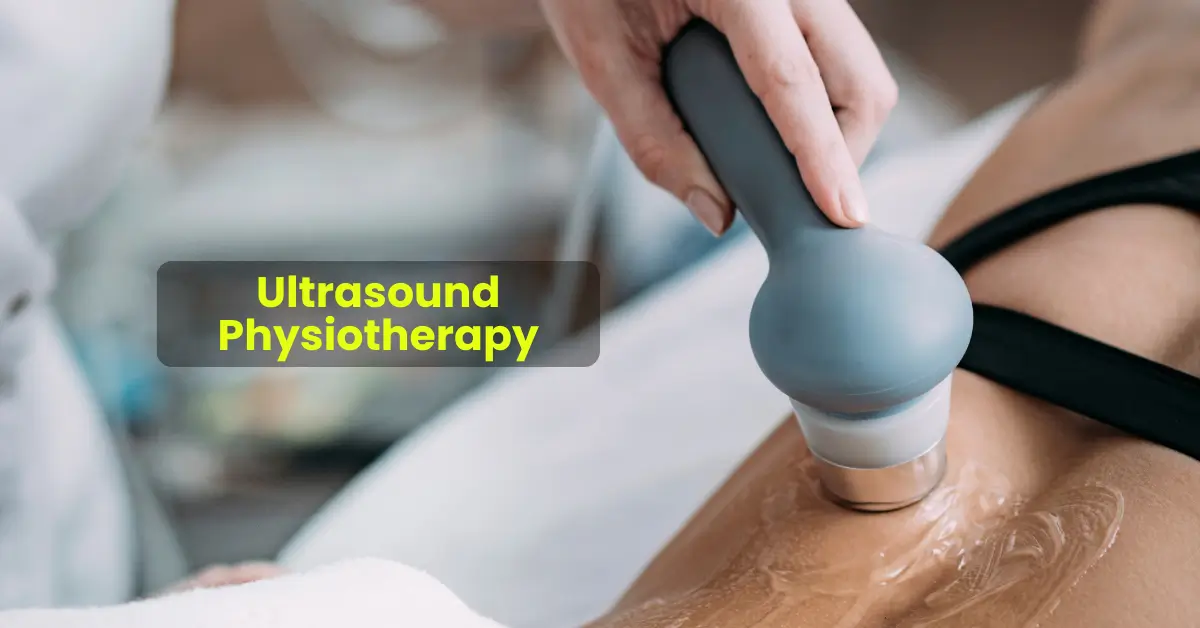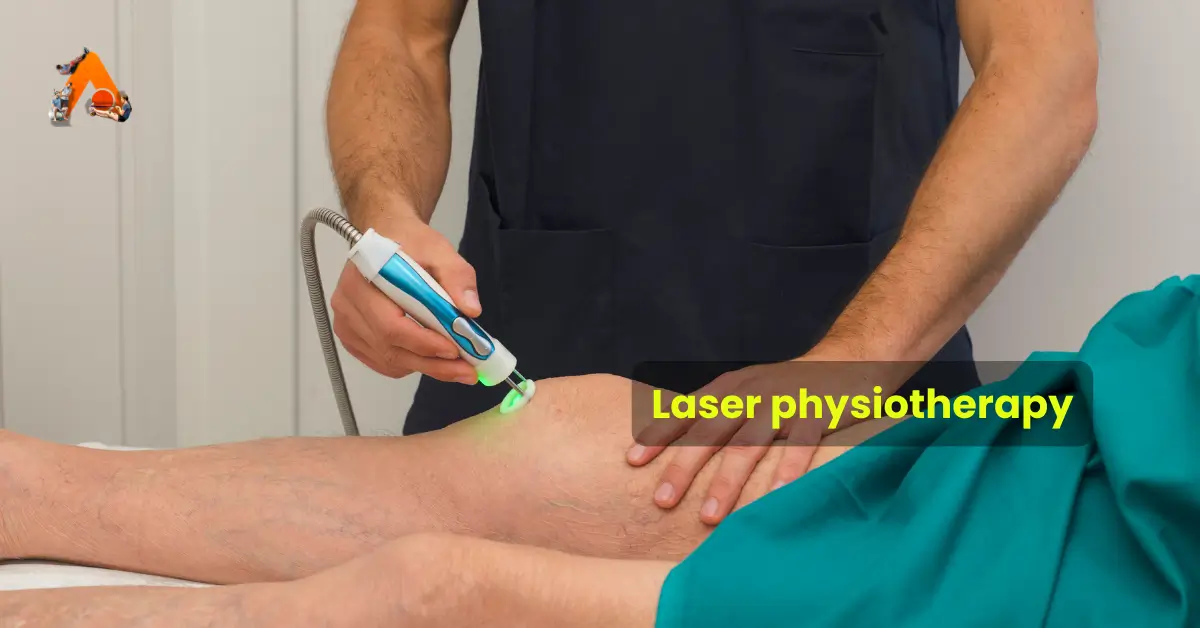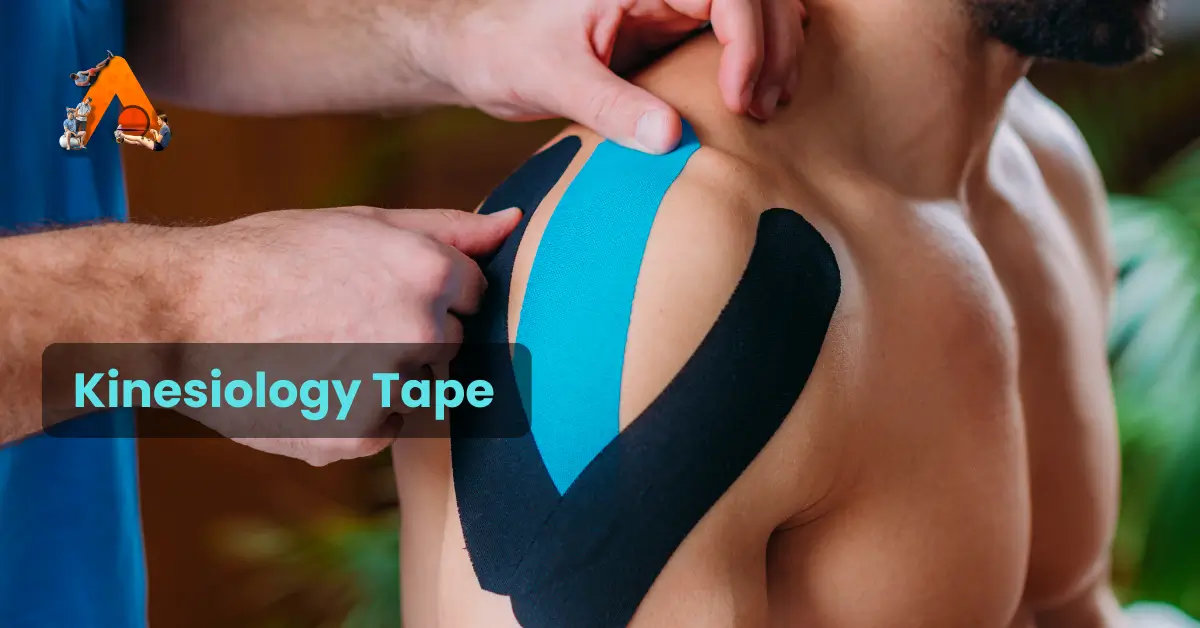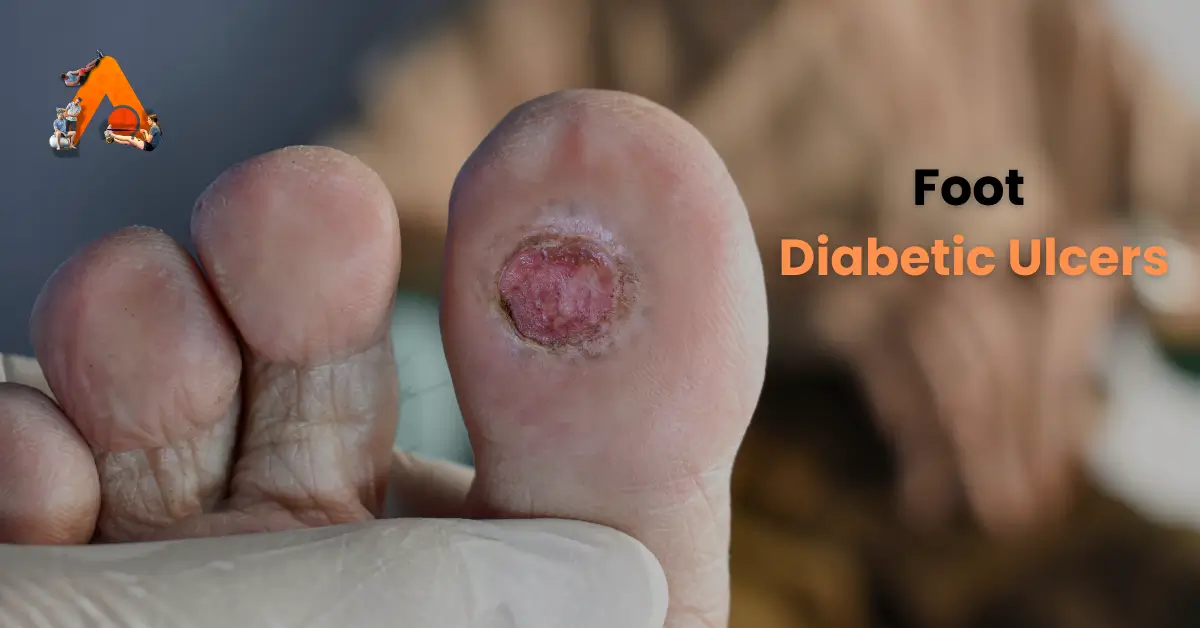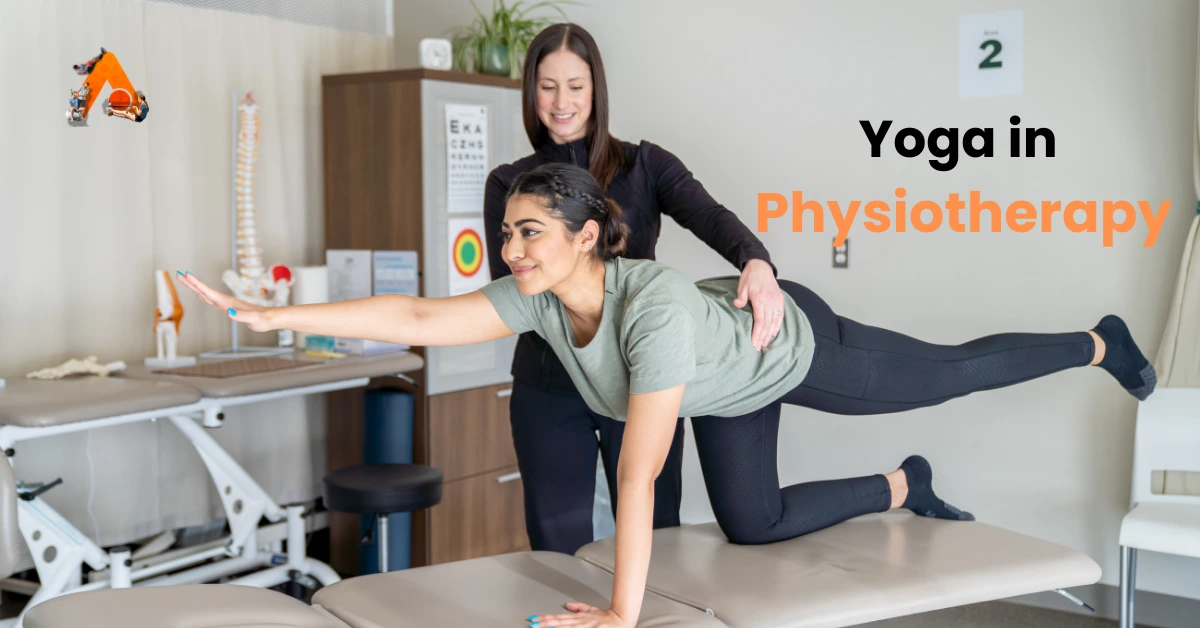OSTEITIS PUBIS
INTRODUCTION
- Osteitis pubis is a painful chronic overuse condition affecting the pubic symphysis and surrounding soft tissues. It is characterized by pelvic pain and local tenderness over the pubic symphysis.
- The term refers to a noninfectious, inflammatory overuse syndrome affecting the symphysis pubis and surrounding soft tissues such as musculature and fascia mainly in subjects participating in strenuous athletic activities.
- It commonly affects athletes, especially those who participate in sports that involve kicking, turning, twisting, cutting, pivoting, sprinting, rapid acceleration and deceleration or sudden directional changes.
- Osteitis pubis has been described in athletes who play sports such as soccer, rugby, ice hockey, Australian Rules football and distance running.
- The diagnosis is difficult because of the anatomical complexity of the groin area, the biomechanics of the pubic symphysis region and the large number of potential sources of groin pain.
BIOMECHANICS
- The antagonistic relationship between the adductor longus muscle, producing an anterior-inferior force on the pubic symphysis, and the rectus abdominis muscle producing a posterior-superior force on the pubic symphysis, is particularly influential on the biomechanics of the pubic symphysis.
- Alterations in the load-bearing characteristics of either tendon can lead to alterations in the biomechanics of the joint and instability of the pubic symphysis.
- The anatomy of the pelvic ring is such that stresses placed on it by abnormal motion at either the sacroiliac joints or the pubic symphysis can cause instability and lead to athletic osteitis pubis.
- The innominate bones function as arches, transferring the weight of the upright trunk from the sacrum to the hips. The fibrocartilaginous disc serves to absorb and dissipate axial and shearing forces on the pubic symphysis.
- The mobility of the pubic symphysis under normal physiological conditions mainly involves vertical shear and anterior/posterior rotation, with resistance to bending being greater in the superior direction than the inferior direction and greater in the posterior direction than the anterior direction.
- The relatively thick inferior pubic ligament provides the majority of joint stability in day-to-day activities, while the muscle forces acting on the pubic symphysis have considerable influence on the stress patterns in the pelvic bone.
MECHANISM OF INJURY
- The Centre of gravity of the body is located within the pelvis that’s why it is greatly stressed in all athletic activities.
- The biomechanical forces are applied through the pelvis of an athlete during kicking, acceleration and deceleration which increases the incidence of osteitis pubis.
- The shear forces produced by the repetitive contraction of the adductor muscles of the groin in the performance of sporting activities has been seen as a causative factor of instability and movement of the symphysis.
- These forces cause chronic overloading of the pubic symphysis and parasymphyseal bone leading to a bony stress reaction.
- Imbalances between the hip adductor and abdominal muscles have also been thought to contribute in the development of osteitis pubis.
- Increased stress can also occur due to excessive motion. If the hip and sacroiliac joints have restricted motion, the stress of increased motion will be transferred to the pubic symphisis.
- Direct trauma to the symphysis can also cause periostitis. Symptoms develop gradually, and might be mistaken for muscle strains.
- Exercises that aid muscle strains might cause more irritation to the symphysis; thus, early active exercises are contraindicated.
CLINICAL PRESENTATION
- Anterior and medial groin pain and tenderness. Gradual onset of pain, centrally localized in the pubic symphysis with radiation to the sides and distally, is typical.
- In some cases, pain may be centred directly over the pubic symphysis.
- Pain may also be felt in the adductor region, lower abdominal muscles, perineal region, inguinal region or scrotum.
- The pain is usually aggravated by running, cutting, hip adduction and flexion against resistance, and loading of the rectus abdominis. The pain can progress such that athletes are unable to sustain athletic activity at high levels.
- Pain may often be more intense the morning after a training event, or when turning in bed at night.

EXAMINATION
- Tenderness to palpation at the symphysis, a positive adduction squeeze test, and positive hop testing.
- ROM – There also may be restricted hip range of motion with internal and external rotation, as well as positive flexion abduction and external rotation (FABER) testing.
- Gait Assessment – In severe cases waddling gait may be present.
- Osteitis Pubis often is accompanied by concomitant pathology, including sacroiliac joint dysfunction, athletic pubalgia (sports hernia), femoroacetabular impingement (FAI), acetabular labral tear, chronic iliopsoas and adductor tendinopathy, and weakness in the core and pelvic stabilizer muscles making it difficult to diagnose.
DIFFERENTIAL DIAGNOSIS
- Inguinal Hernia (intestines protrudes from the abdominal cavity)
- Pain or discomfort in the groin, especially when lifting, coughing, or bending.
- Sports Hernia or Athletic Pubalgia
- Athletic pubalgia is a disabling lower abdominal and inguinal pain possibly resulting from a hyperextension injury to the rectus insertion on the pubic symphysis, destabilizing the anterior pelvis.
- Insidious onset of pain with activity, resolving with rest, and radiating into the adductor, perineum, rectus, inguinal ligament, or testicular areas.
- Aggravated by sudden movements—coughing, sneezing, sit-ups, sprints, or kicking—ultimately limiting their performance.
- Femoro-Acetabular Impingement
- Cam and pincer lesions of the hip on X-ray.
- Sharp anterior pain with deep flexion, internal rotation, or abduction.
- Acetabular Labral Tear
- Combination of dull and sharp groin pain, occasionally with associated buttock pain.
- Symptoms worsen with activity, walking, and prolonged sitting.
- May be associated catching or painful clicking (mechanical symptoms)
- Adductor or Iliopsoas Injury
- Pain in the inner thigh and tenderness along the muscle belly, tendon or insertion
- Stress fracture – Pelvic and femoral
- There may be no specific findings on physical examination other than diffuse radiating pain localized to the hip or groin.
- Lumbar spine referred pain
- Ilioinguinal neuralgia (nerve entrapment syndrome)
- Burning and/or shooting pain that may be exacerbated by hyperextension of the hip caused by intense abdominal muscle training, direct trauma, or various inflammatory conditions.
- Osteomyelitis can be considered but less common cause in athletes.
- Local tenderness and swelling, a high temperature, occasionally an elevated erythrocyte sedimentation rate and leucocytosis.
PT MANAGEMENT
- Aim – to correct imbalances of the muscles acting upon the pubic symphysis, the alleged cause of Osteitis Pubis.
- Initial treatment consists of rest from sport and reduction in weight bearing activity, followed by a progressive rehabilitation program that focuses on improving range of motion in the hips. It is postulated that this increased flexibility reduces the abnormally high biomechanical stress on the pubic symphysis.
- Once flexibility has been achieved satisfactorily, a strengthening program should be undertaken. This should emphasize strengthening the hip adductors, abductors, and the lower abdominal musculature.
- Consists of progressive therapeutic exercise program/ multimodal rehabilitation program is prescribed. In this program, patients are moved through different protocol stages after they are able to exercise without pain. This involves stretching, pelvic musculature strengthening, physical agents and a progressive running programme.
- Return to sport is on average possible after 4-5 months. Occasionally symptoms may last more than 2 years.
- Stage 1(4-6 weeks): This stage focuses on pain control and improving lumbo-pelvic stability. RICE protocol along with alternate cold (12º-14º) and hot water (31º) baths are advised. Static isometric strength exercises of the pelvic floor, of the transversus abdominis, multifidus and diaphragm, and of the adductors, and abdominal wall muscles can be started, allowing only light concentric exercises of these muscle groups, avoiding high intensity or high volume workouts. Stretching is performed except adductor and ischiopubic muscles. Cycling on an exercise bike is also started for 10mins a day and can be increased gradually.
- Stage 2(6-8 weeks): It involves using a swiss ball for resistance and strengthening exercises of the pelvis, abdominal, and gluteal muscles.In the absence of symptoms, patients start with a maximum 30 minutes program alternating fast walk, running, and walking. Cycling on exercise bike can be increased to 20 mins a day. Changes of speed and resistance are introduced, and dynamic strengthening of the muscles around the hip in flexion, extension, adduction, and abduction are permitted by using an elastic band.
- Stage 3 and 4(4-5 months): These include eccentric hip exercise, lunges, squats, and side-stepping with bands are done. Running is increased that involves a change of direction and pace. Kicking is only allowed at the end of the stage. Most athletes return to the pre-injury level within 3 months(4 to 14 weeks) while successful follow-up may take 6 to 14 months.


